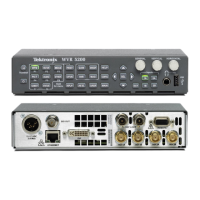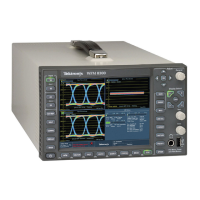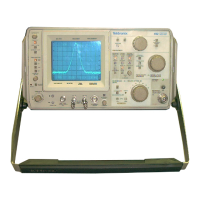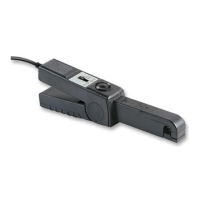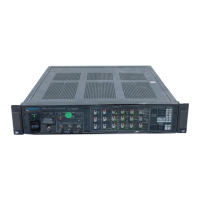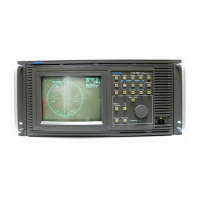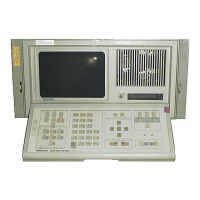Theory of Oper ation
Rasterizing Engine
The Rasterizer engine resides in the waveform processing FPGAs. This block
builds up the variable intensity images in the fast static RAM. For each pixel of the
display, the Rasterizer Engine increments the intensity of that pixel every time the
waveform hits its coordinates. As a result, the waveform areas hit more frequently
display mor
e brightly. For any given frame, the intensity map is built up in one
memory chip and read out of the other. The functions swap on the next frame.
Recursion a nd Picture Processing Engine
The output of the rasterizer feeds the picture and recursive processing engine in
the display (DSY) FPGA. This engine adds the previous frame to the present
frame to reduce flicker and improve brightness. It also converts the picture and
waveform signals from the input rate of 50 or 59.94 Hz to 60 Hz frame rate to
work with the XGA monitor. The p icture and waveform data combine with the
graphi
cs and audio bar information from the control processor, and then output to
the XGA DAC to drive the external monitor. Note that the parallel data from the
serial digital input and the parallel stream from the composite decoder connect
directly to this FPGA to provide the picture functionality, bypassing the waveform
processing engine.
Cont
rol Processor
The control processor is in charge of all the operational modes in the instrument. It
draws the audio bars, communicates with the front panel through RS232 signaling,
and
controls most other internal devices though either the parallel or the I2C bus.
A few parts communicate through other bus types like JTAG or SPI. Audio data is
input to the control processor via the 8 bit HPI bus.
The control processor interfaces to the Ethernet through a dual rate switch. This
allows the network connection to run at 10 or 100 MB/s.
2–4 WVR6020, WVR7020, and WVR7120 Waveform Rasterizers Service Manual
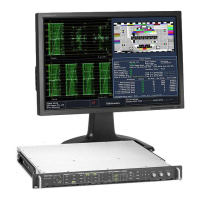
